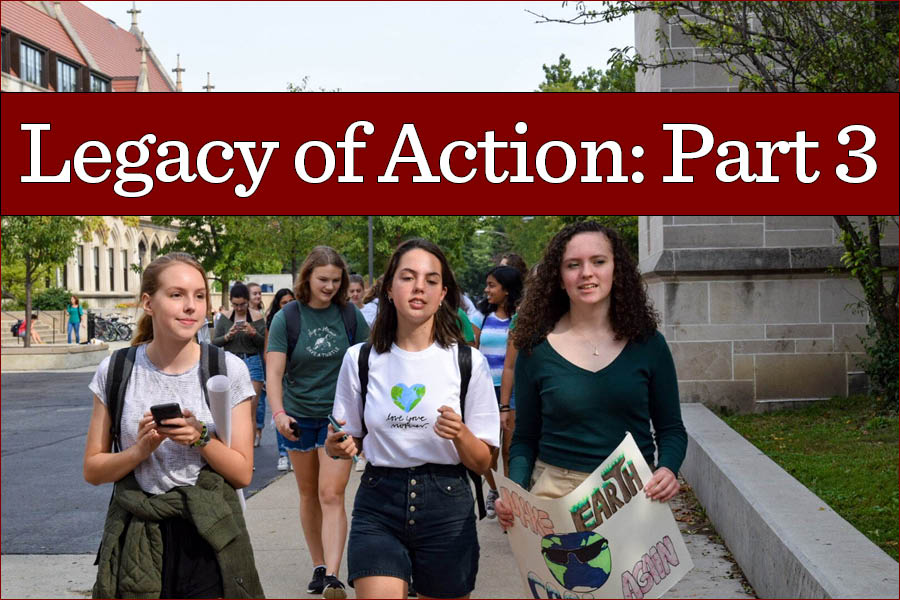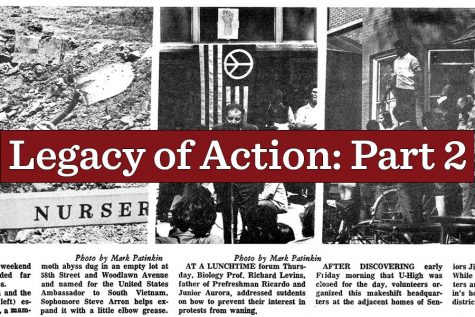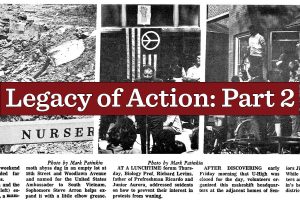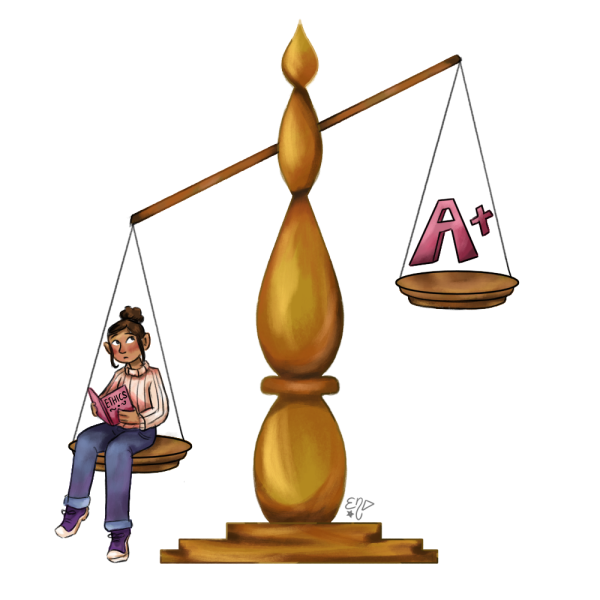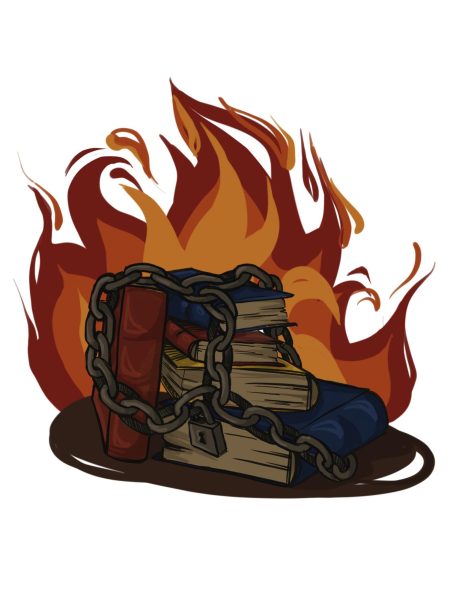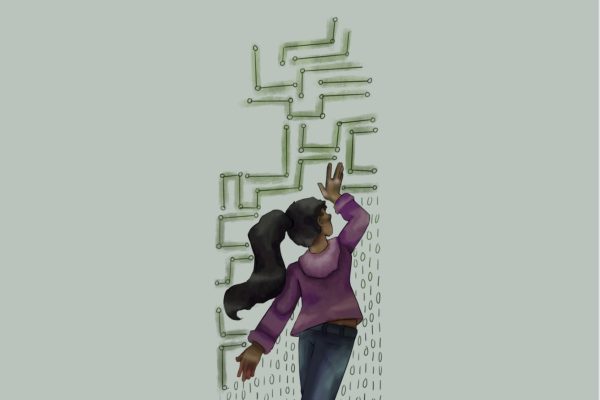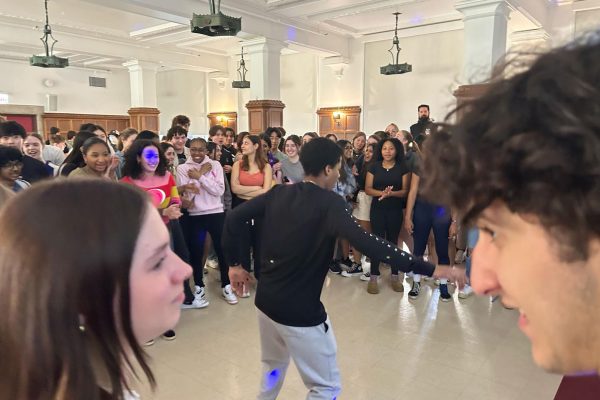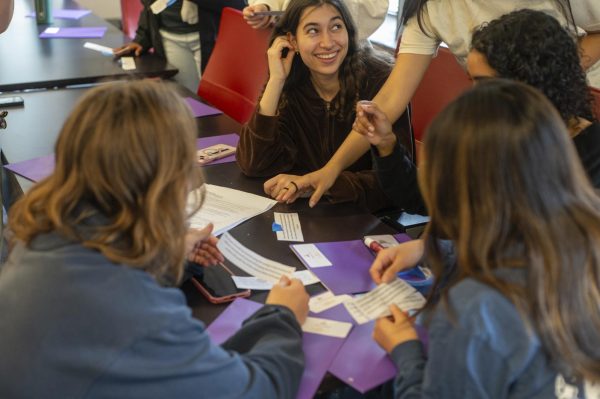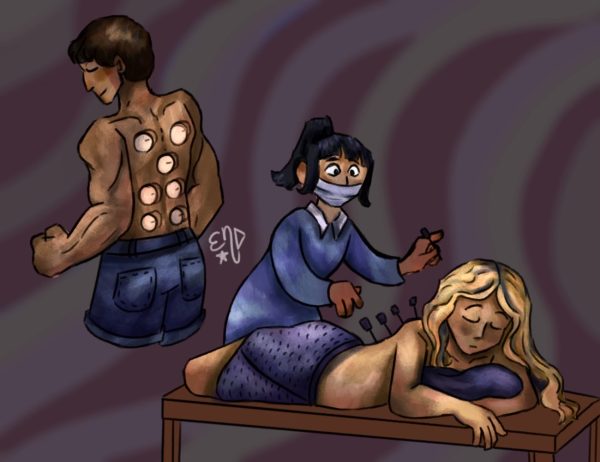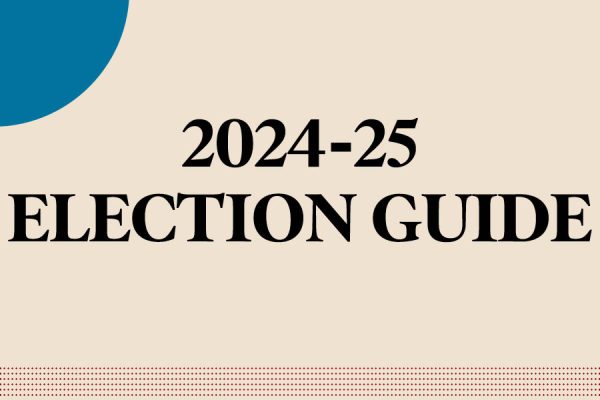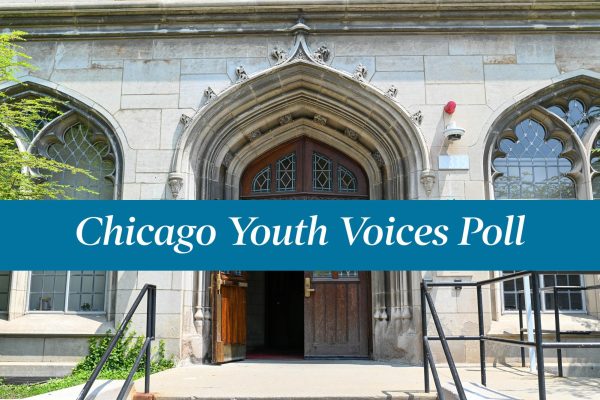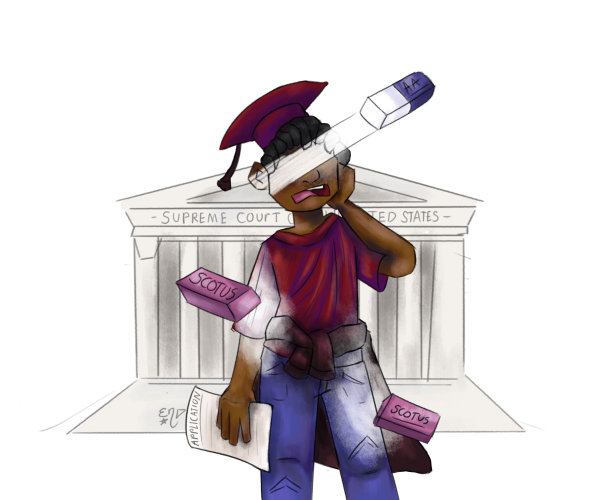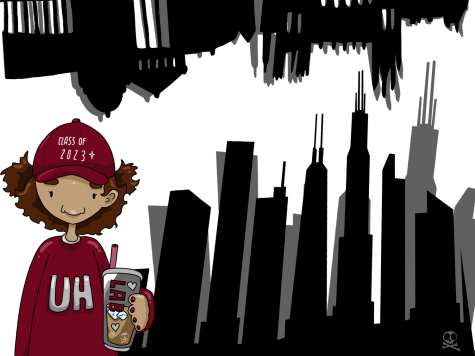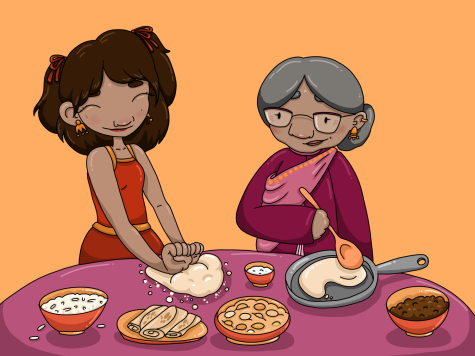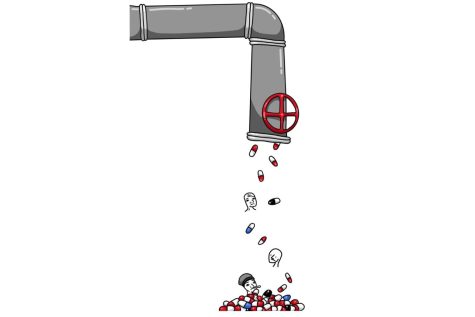Legacy of action: Activism today
The tragedy from May 4, 1970, at Kent State University in Ohio represented a turning point in the protests of the Vietnam War. The shootings brought mounting public disdain for the war in Vietnam to a head and helped force the U.S. government to bring the troops home. The protests of the 1970s have a complicated legacy that is both similar and different to protest movements of today.
Organizers, protestors and activists today find themselves in a similar position to those in the ’70s: taking to the streets in a time of great tumult.
The legacy of the Vietnam protests as a whole serve as a reminder that in America, the power flows through the people.
“The broader point that we can take away from Kent State is that the United States is built on the premise that is a country where ordinary people have the right and responsibility to protest when they feel that the government is doing something objectionable,” Kevin Boyle, 20th century historian and American History professor at Northwestern University, said. “That’s what happened in the 1970s, and that’s what activists remain committed to today.”
However, today’s activism is unlike the “televised revolution” of the ’70s. Many of the big protests of our time, like the Arab Spring, Black Lives Matter and Youth Climate Strikes, relied heavily on social media.
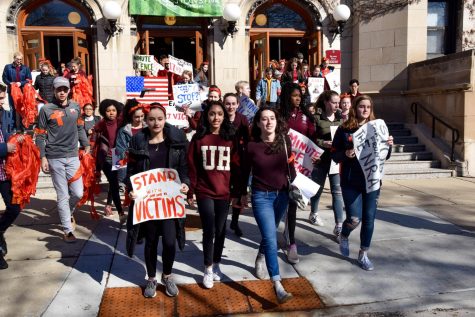
U-High students walk out in protest of gun violence on March 2, 2018, standing in solidarity with the students of Marjory Stoneman Douglas High School in Florida, where a fatal shooting of 17 students took place on February 14 of that year.
“In 1970 the great media power — which certainly played a role in Kent State — was photography and television,” Professor Boyle said. “In today’s world, the great media power is beyond those things — social media — which has had a huge influence on protests.”
Social media is becoming a larger part of the political fabric of the United States. U-High senior Franzi Wild, who was responsible for organizing Social Justice Week for several years and also volunteered for Sean Casten’s 2018 campaign for Congress in Illinois’ Sixth District, indicated that forms of demonstration are radically changing, much as they did in the 70s.
Franzi said, “I think that protest, organizing, and activism are all moving in a direction that focuses more heavily on social media. Our world is becoming increasingly online — something I’ve seen myself while putting together SJW this year, while sticking with tried and true methods as well.”
Junior Orla Malloy, who has been active in climate protests and helped put together Lab’s contingent at the Climate Strike protests, agrees.
“I’m also hopeful that this generation of students will be the generation that makes the necessary changes for a more sustainable and equitable world by not only protesting in the streets but also protesting backwards legislature,” Orla said. “Many students have taken their views to social media, which will have a huge impact. I’m hopeful debates on current issues will become less ‘should we do this?’ and more ‘Let’s make a plan.’”
Past that, however, it’s difficult to know what demonstration in the next decade will look like. Chesa Boudin, a 1999 U-High alumnus and prison reform activist has brought an agenda for criminal justice reform to his role serving as the district attorney of San Francisco. He authored a book, “Letters from Young Activists,” that attempted to predict activism after 2005.
This is a really fast-changing world, with technology and our response to things like COVID-19 showing us how dynamic we have to be and how dynamic we can be. I think activism will continue to evolve
— Chesa Boudin, San Francisco District attorney and U-High alumnus
“This is a really fast-changing world, with technology and our response to things like COVID-19 showing us how dynamic we have to be and how dynamic we can be. I think activism will continue to evolve,” Mr. Boudin said. “And one of the things that’s so inspiring about young activists is their optimism, their creativity, their hard work, and the ways in which I think each generation surprises and out does the last.”
Mr. Boudin has a lot of faith in this generation’s ability to contribute.
“I think we will see a lot of creativity and ingenuity in the 10 years ahead,” Mr. Boudin continued.
But even if no one can tell what the protests will be or how they will be organized, it is almost certain that they will occur.
“I think that it’s a hugely important piece of the American tradition that people will go out into the streets to demand some transformation in their government’s policy, but what that will be — that can really differ,” Professor Boyle said. “A lot of people think of protests as something that’s anti-American. But in a lot of ways, it’s the most American thing to do.”



